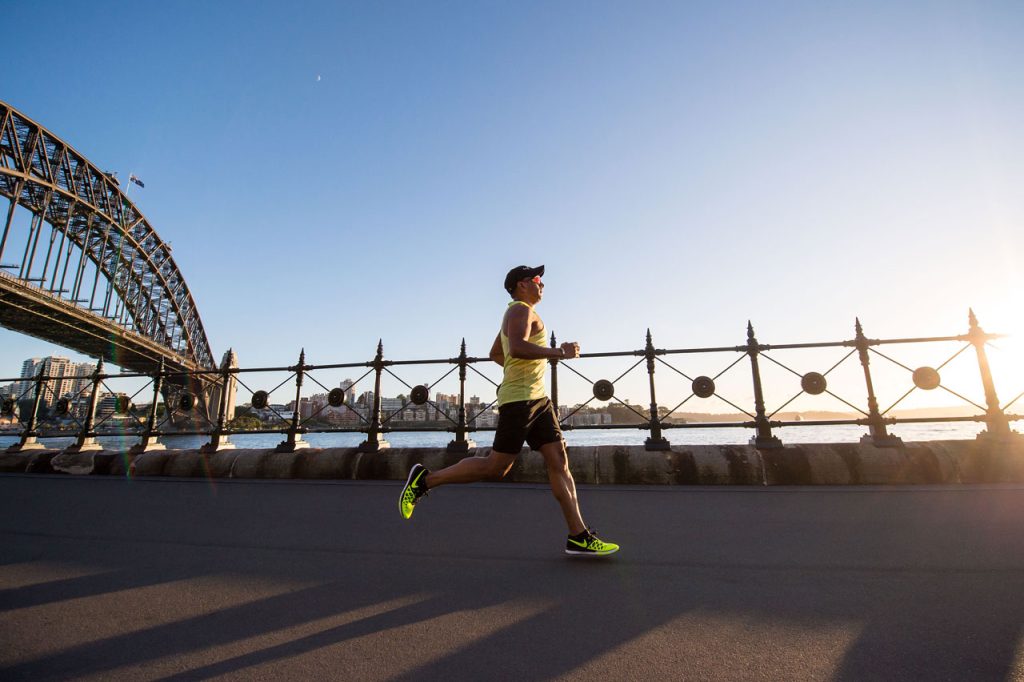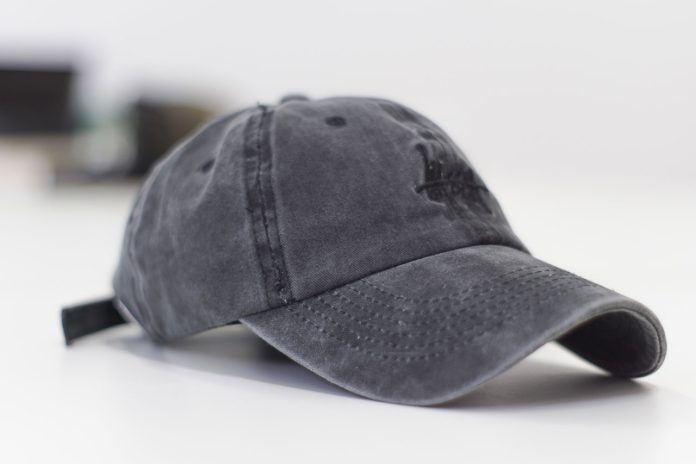A good running hat serves multiple purposes from sun protection to warmth retention. With such a wide variety of styles, fabrics, and features to consider, it helps to understand key criteria to select a hat that caters to your specific needs on the roads or trails. Follow this comprehensive guide to choose a high-quality running hat that suits your climate, running environment, and preferences.
Table of Contents
You may also want to know: The Complete Guide to Start Running for Better Health
Assess Your Needs for Running Hat
Determine which characteristics and benefits appeal most to you:
- Sun protection – Full brim or flap provides shade from intense sun during summer runs.
- Warmth – Insulating materials like fleece or wool keep your head warm in cold conditions.
- Sweat control – Breathable, moisture-wicking fabric prevents overheating and absorbs sweat.
- Visibility – Reflective details and bright colors make you visible in low-light conditions.
- Eye protection – Longer brims shield eyes from sun glare or inclement weather like rain or snow.
- Wind resistance – Tightly woven materials block cold gusts of wind across bare skin.
Consider Climate and Conditions
Your local climate and running environment help dictate ideal hat features:
- Hot, sunny locales call for broad-spectrum sun protection through brim size, fabric UV protection ratings, and sweat-wicking performance.
- Cold conditions require warm, insulated materials and ear coverage. Seek wind resistance if subject to winter gusts.
- Changeable weather may necessitate a water-repellent hat that blocks rain and dries quickly.
- Trail runners need hats with insect shields, chin straps for windy sections, and reflectivity for low-light forests or mountains.

Evaluate Composition and Fabrics
Fabric technology significantly impacts a hat’s performance and comfort:
- Lightweight, breathable – Mesh, polyester, and nylon allow heat and sweat to escape.
- Moisture-wicking – Polyester and polypropylene pull sweat off the skin keeping you dry.
- Quick-drying – Materials like polyester and nylon dry swiftly after getting wet.
- Stretchy – Spandex or elastane blended fabrics provide better fit and flexibility.
- UPF rating – The ultraviolet protection factor indicates how effectively fabrics block UV radiation. UPF 50+ is ideal.
Assess Coverage and Fit
A hat must shield your head snugly and comfortably:
- Style – Beanies, visors, caps, or buckets suit different needs. Consider head and ear coverage.
- Adjustability – Adjustable rear straps or headband customizes the fit. One-size models should fit most.
- Breathable – Sweat-wicking fabric and venting prevent overheating under the hat. Mesh paneling can enhance airflow.
- Stability – Chinstraps and non-slip headband material prevent hats from getting dislodged from wind or motion.
Consider Specialized Features
Added features that enhance running hat functionality:
- Reflective elements – Reflective strips, logos, or trims improve visibility and safety.
- Storage – Look for hats with internal sweatband pockets to discretely stash keys or fuel.
- Neck protection – Back flaps, neck shields, and extended coverage protect from sun exposure.
- Eyeshield – Front brims block glare from the sun or precipitation from the eyes.
- Integrated sunglasses – Some hats feature built-in retractable eyewear for added eye protection.
With numerous technical considerations, be sure to choose your running hat based on your climate, running environment, and needs. A dialed-in that improves comfort and performance across changing conditions.

Related Links:
https://en.wikipedia.org/wiki/Running




